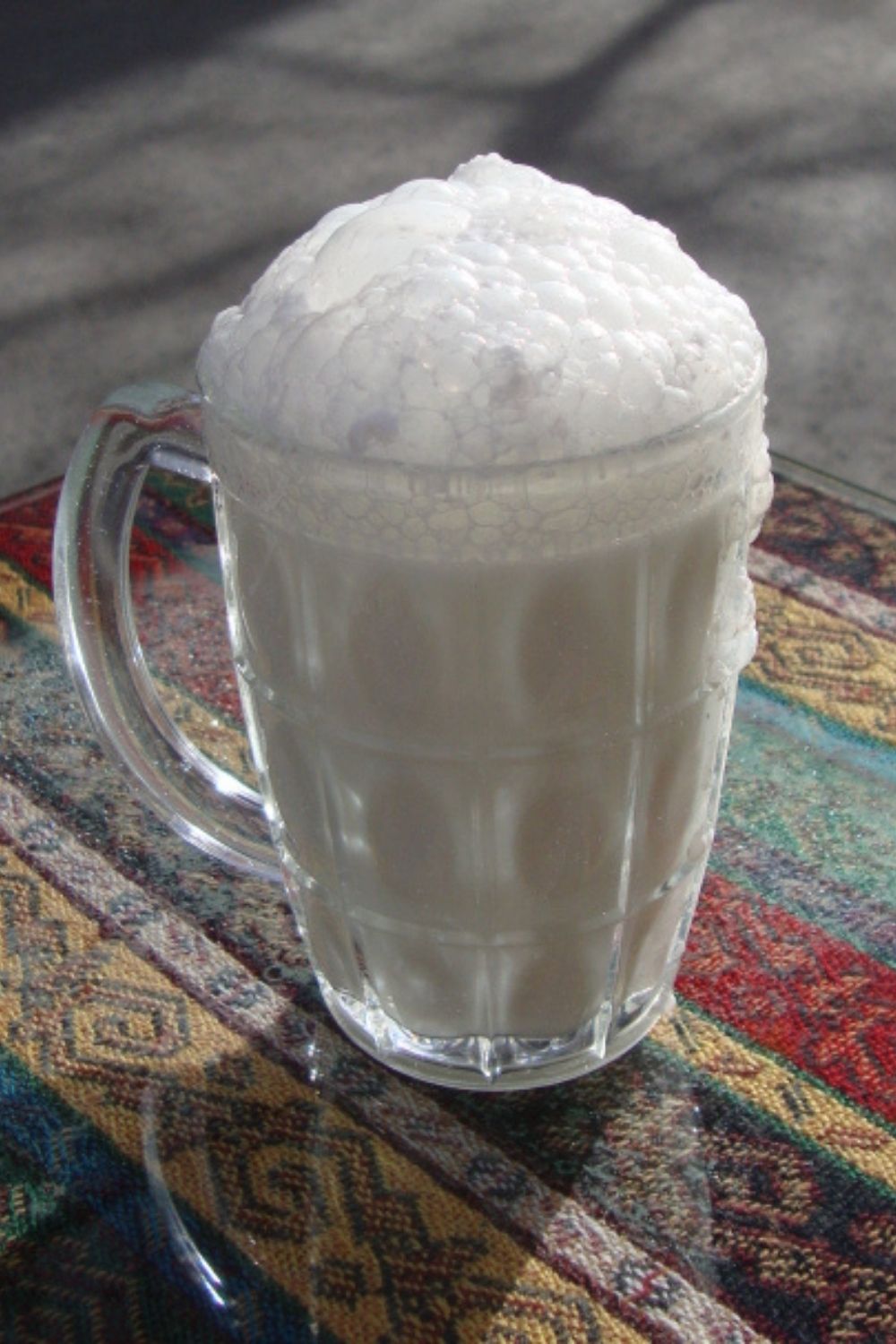Around the turn of the 20th century, Jews started to leave New York, New Jersey, and Quebec for cities farther west, and they took their pastrami with them. While significant Jewish populations already existed around Canada, many Jews and other Anglophones left Montreal in the 1970s as the sovereignty movement, which aimed to separate Quebec from Canada and form an independent Francophone state, redefined Québécois society. When expatriate Montreal Jews struggled to find smoked meat in Toronto and elsewhere, they made their own. Today you can find smoked meat across Canada (though it’s sometimes called pastrami!), and the U.S.’s pastrami tradition survives on both coasts.
The Hard Differences
Graph showing different cuts of beef.
The way Sax sees it, the main differences between pastrami and smoked meat come down to the cut of beef and the spice rub it’s coated with.
“Pastrami in the United States is almost always made with navel, a cut similar to belly, or what you would make bacon out of on a pig.





